Hades spots the beautiful Persephone and asks Zeus for her. Zeus knowing that Demeter would not allow it suggested that he take her without permission and this Hades does, swooping on the poor girl through an opening in the earth and carries her away kicking and screaming. On finding her daughter gone, Demeter searches and not finding her she leaves, in her wake, a barren land where nothing will grow. Over time Zeus sees how hungry his people were becoming and orders Persephone to be returned home. The quick-thinking Hades forces Persephone to eat from a pomegranate knowing full well that those who eat in the underworld were doomed to stay, but the strong-willed Demeter had other ideas and a deal was struck where her beloved daughter is allowed to leave if she returns for a few months every year. Once Persephone is home the barren lands became fruitful and the hungry fed.
This is a wonderful story that has its roots in the seasons. Demeter can easily be viewed as Mother Nature, her daughter Persephone's absence from the world is representative of autumn and winter and her return is seen as spring and summer.
How do you get some much passion, so much emotion out of one piece of marble?
Bernini's work is just simply divine.
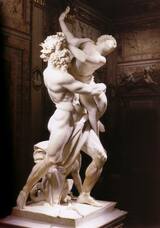
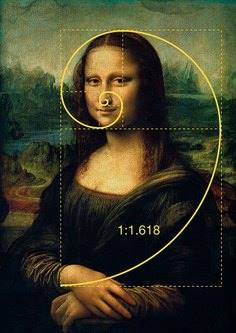
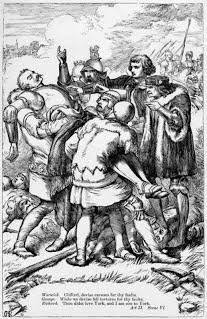
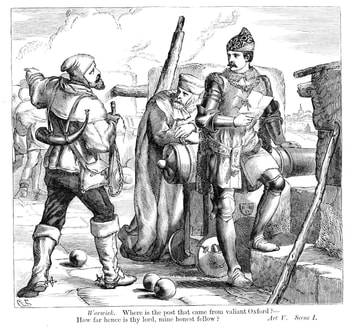
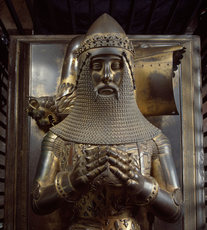
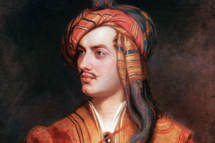
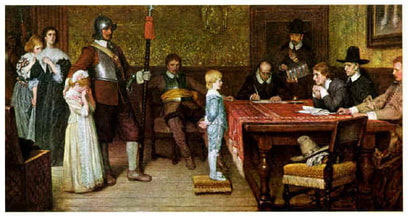
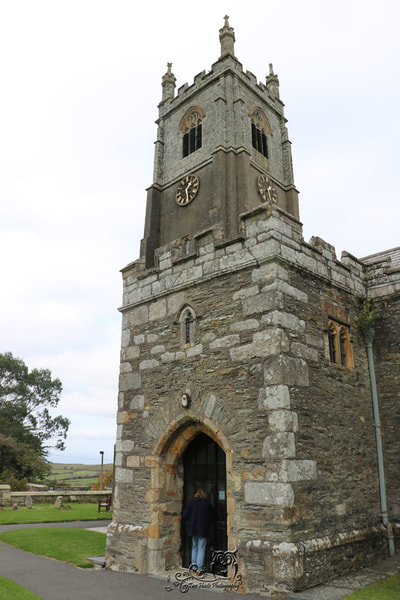
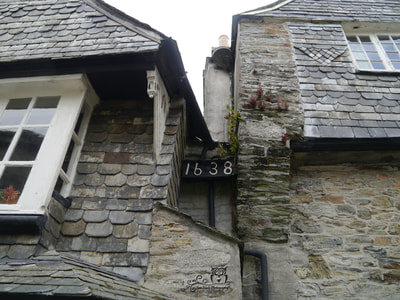
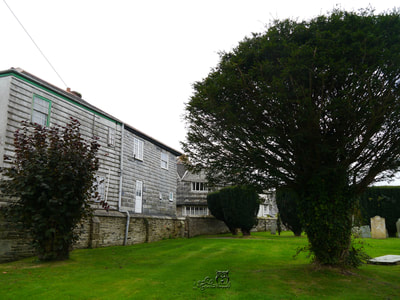
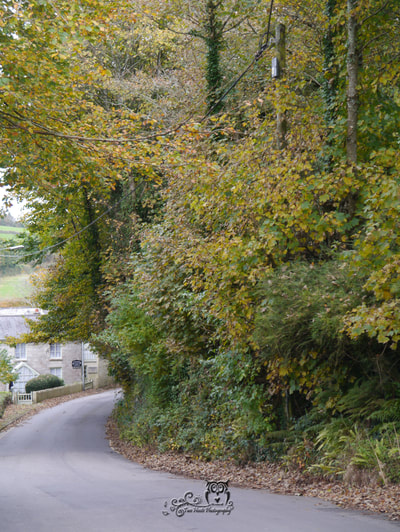
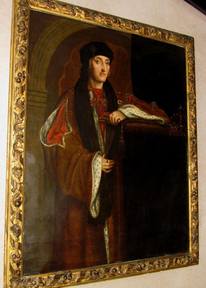
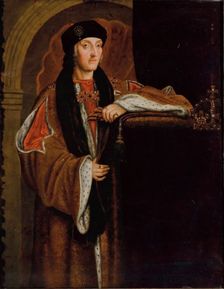
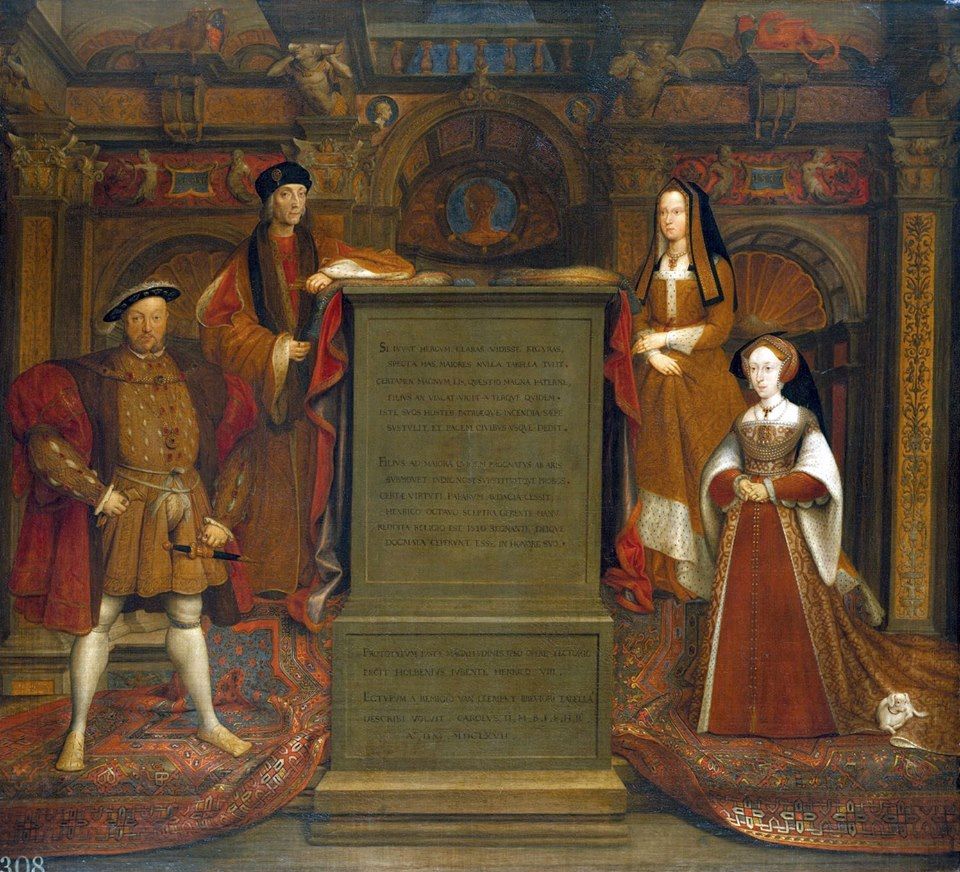
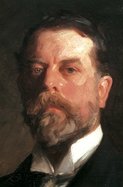

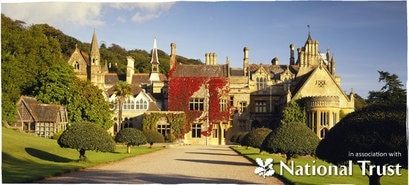
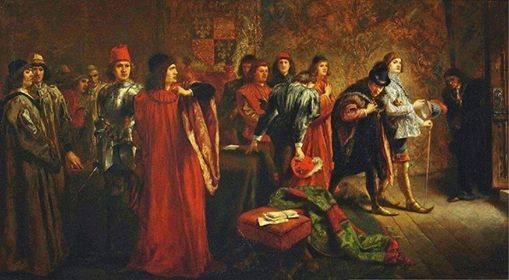
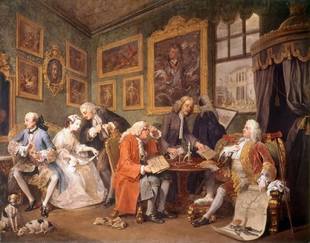
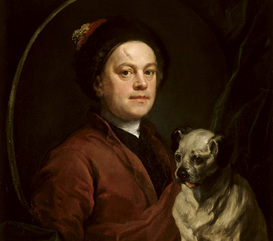
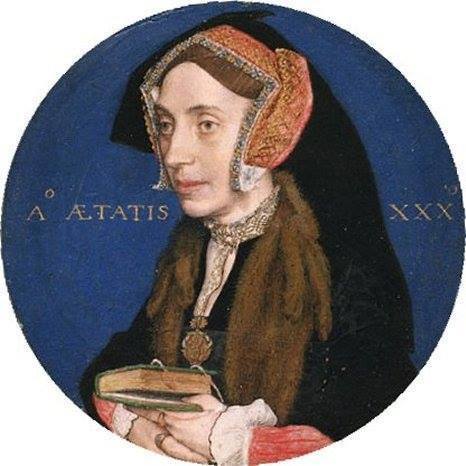
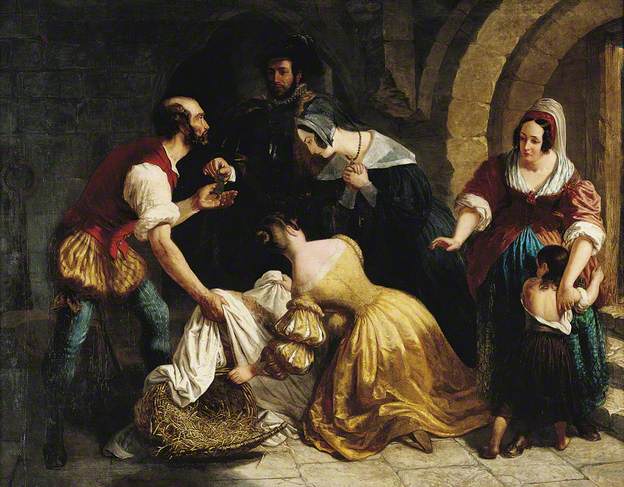
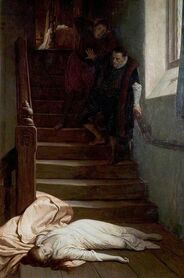

 RSS Feed
RSS Feed
